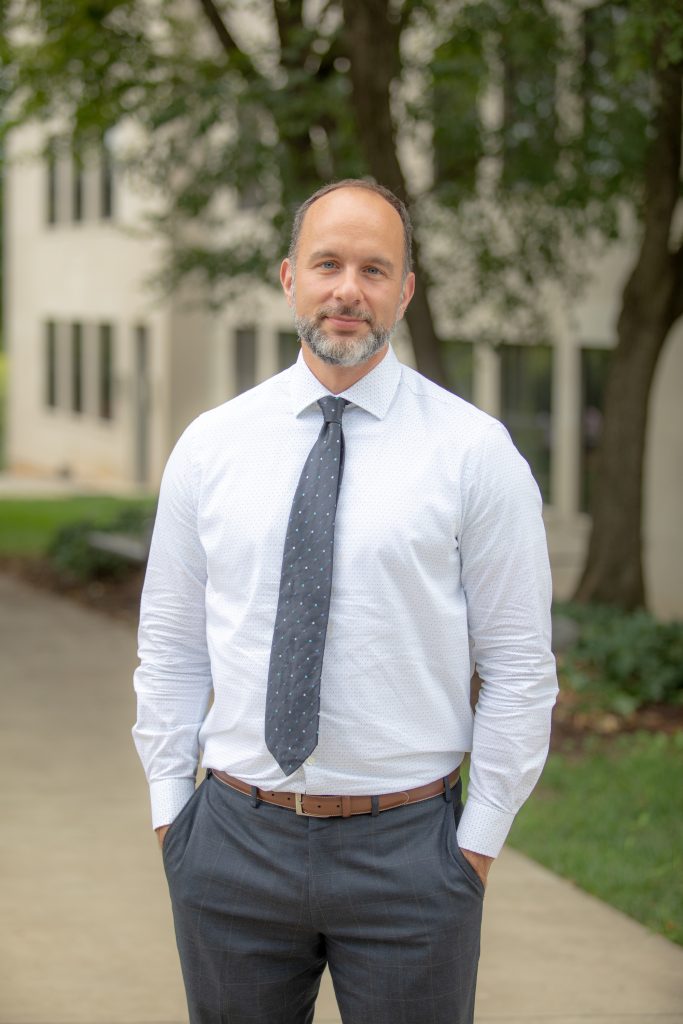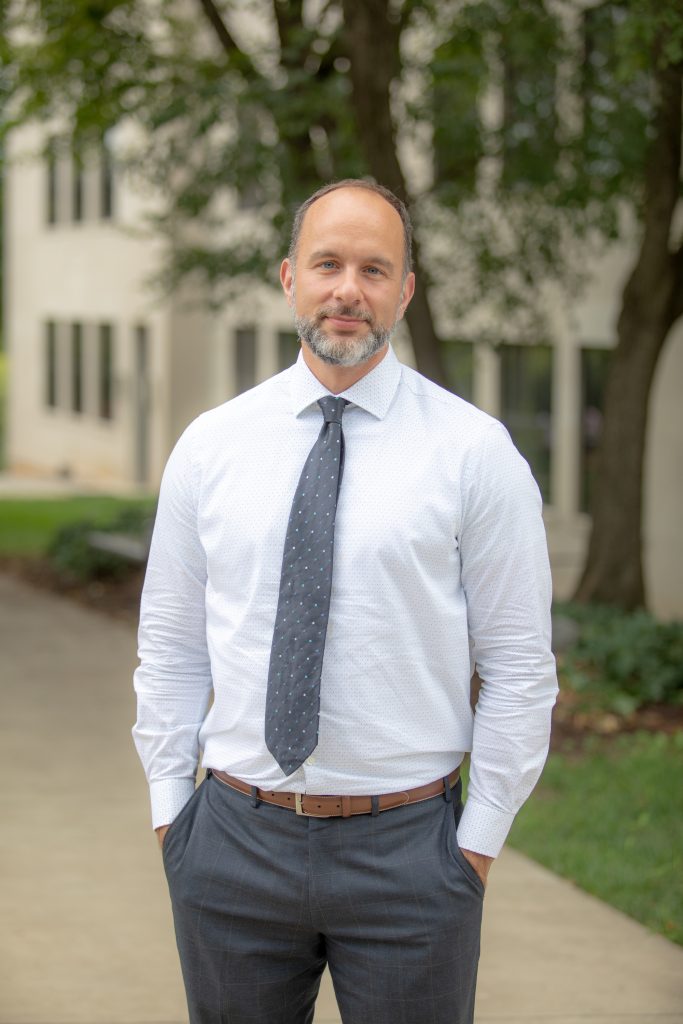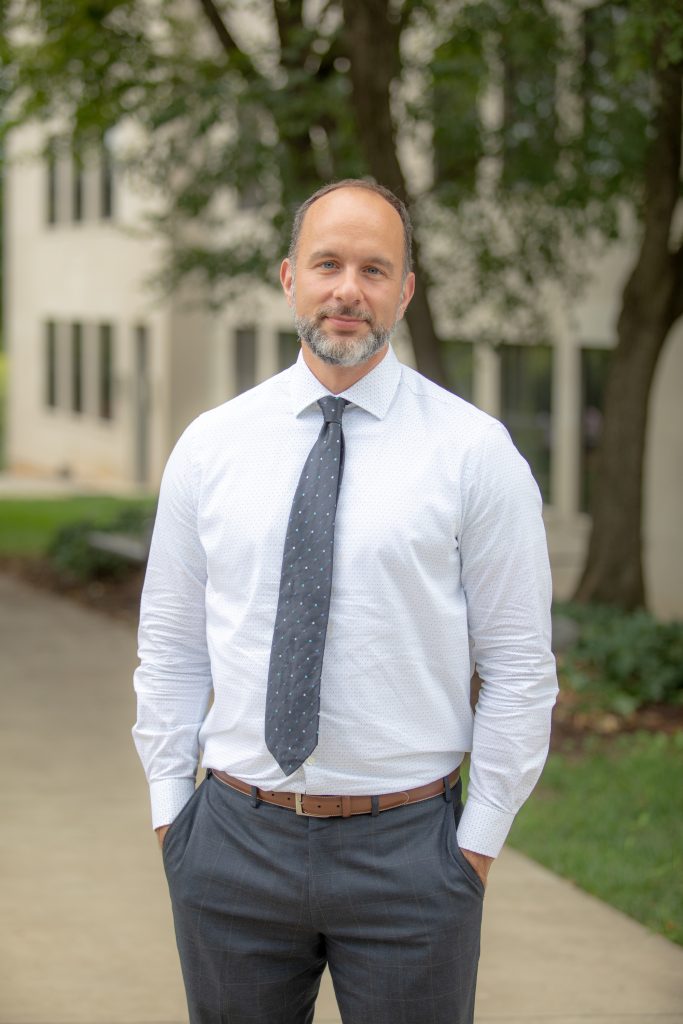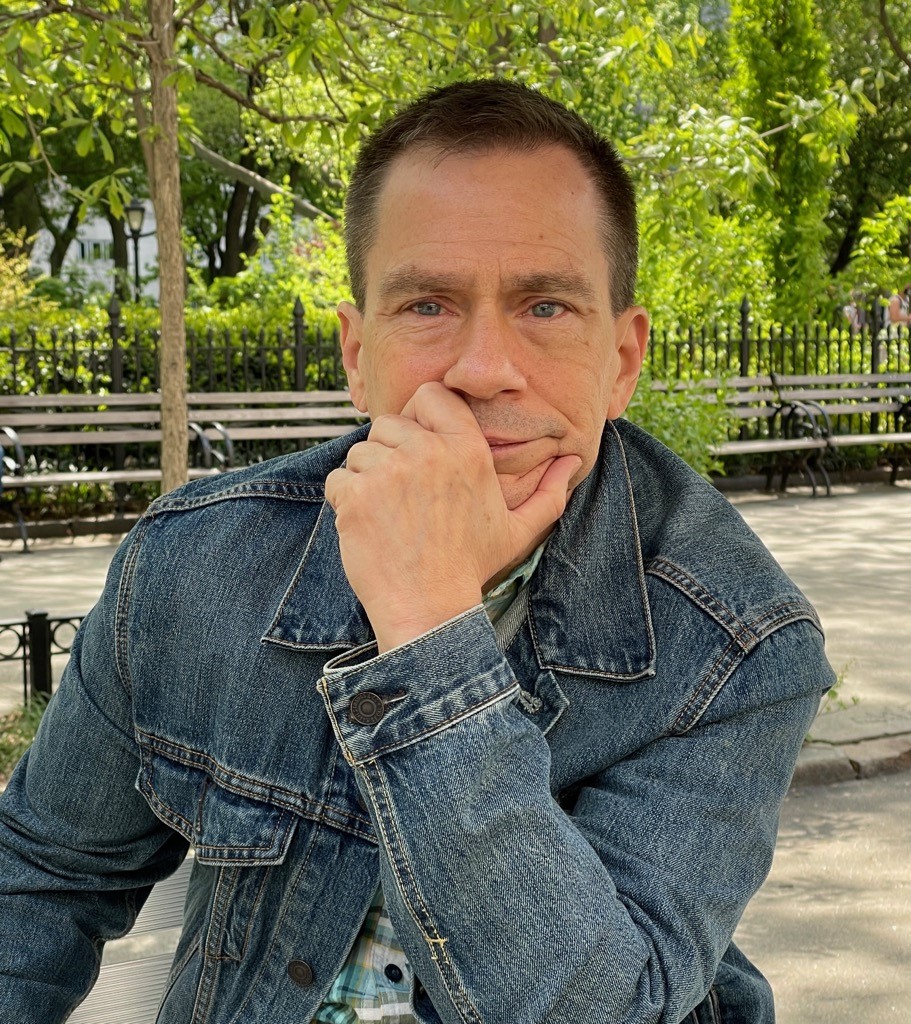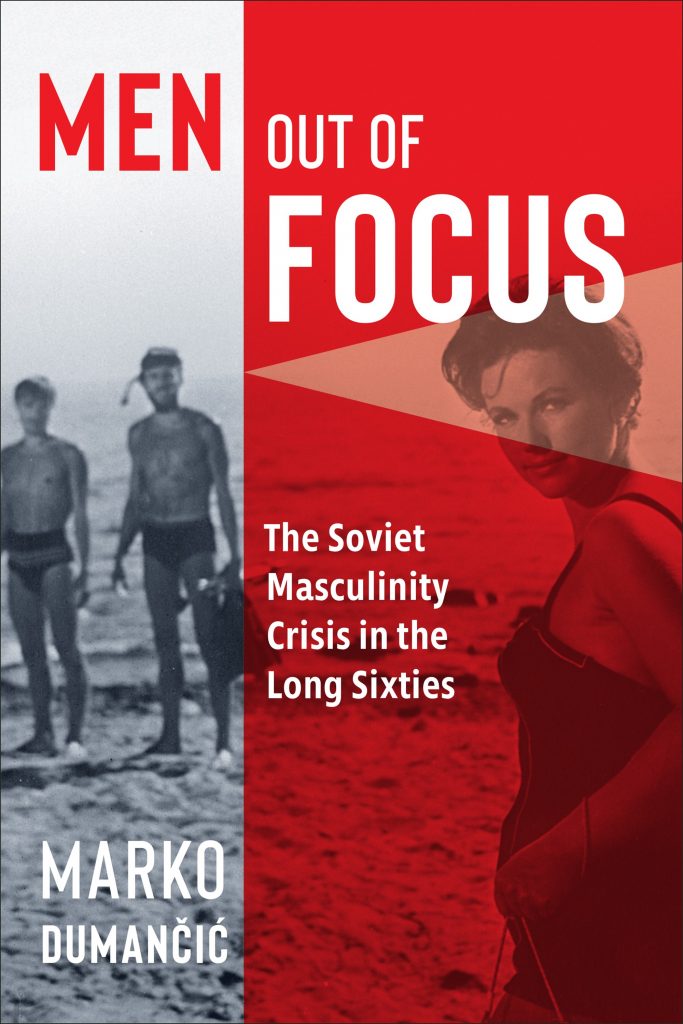Every year, somehow, the start of the fall semester gets busier and busier. At an institution like mine, which is crazy about meetings, everyone wants to meet right away. Tenure cases are mulled. Grant proposals are due (hooray for an upcoming sabbatical!) And in the midst of all of this, you teach the first critical weeks of the course. It’s especially tempting (and dangerous) for professors with a few years under their belts to think about putting classes on cruise control, using old texts, old lecture notes, and spending entire periods going over the syllabus.
But you will not get a second chance to make a first impression. Students start answering pressing questions regardless of what your out-of-class workload looks like. Is this course interesting? How much work is there? Do I really have to do all the work? Will I have the chance to contribute/discuss/question in class? The answers, I think, help build attitudes that fall on a spectrum that ranges from “my professor is mailing it in, so will I” to “I’m looking forward to the readings and classes each week.”
It is frustrating, but I think undeniable, that there is no sure recipe for success when it comes to establishing a positive classroom atmosphere. Preparation is critical, but sometimes improvisation matters more. Coming across as serious and disciplined is important, but being open-minded and open-hearted is necessary too. Finally, and probably most importantly, you’re just one human being in that room. You have more influence than anyone else, but sometimes individual students (or small groups of them) either make the class a special and memorable one for all involved or make it a miserable slog.
Despite not having full control over the outcome of the social dynamics of the classroom, I do my best to structure the first weeks to maximize chances for success, with three basic goals in mind. First, I want to “interpellate” every student in an intellectual way. This means learning their names as quickly as possible (which is difficult for someone, like me, who has difficulty linking and remembering names and faces). But it also means providing early opportunities for each student to say (or write) something of substance and to have me respond in a meaningful fashion. Second, I try to lead with interesting classes and topics. As the previous posts indicated, it’s important to design an excellent syllabus, but if the syllabus is the most interesting part of your course, something is probably wrong. Sometimes, this means getting to the heart of the course right away, and sometimes it means designing an interesting introduction. Finally, it’s important to set the core narrative in motion. Courses, like ideas, have shapes. History classes often (though not always) take shape through narrative. We have to decide which ideas/events/notions will form the through line of the course and then get busy introducing and explaining them.
In terms of course readings for “Russia from Lenin to Putin,” I decided to assign summer reading – Boris Akunin’s Turkish Gambit and several of my favorite Chekhov short stories. This accomplished several goals, I think. First, these were interesting readings. Any student unable to appreciate the charms of either Akunin or Chekhov is unlikely to find much else of interest in the course, so s/he will know this in plenty of time to drop the class. Second, the very act of assigning summer reading is an indication of seriousness and commitment – a mutual pact between me and the students that we’re going to work hard for each other. Finally, it sets up for a first day in which we begin by discussing the “woman question” in 19th century Russia and the inversions of anti-Semitism in “Rothschild’s Fiddle.” That was, I promise you, way more engaging than going over penalties for absences and federal credit hour requirements on the syllabus. By the end of the week, we had gotten around to discussing the nuts and bolts on the syllabus (and setting expectations for students), but it didn’t occupy the first moments of the class. Those first discussions were also a source of great relief. Most of the students had not only done the readings but were ready to discuss them and to ask questions about aspects of those texts that confused them. They were curious, energetic, and engaged with each other as well as with me. They are already the kind of class that makes you love your job.
I introduced some new activities when we got to the second day of class. We did two things. I gave my first lecture (on the period from 1905-1914), and we discussed the first chapter of their first long book by a historian, Steve Smith’s Russia in Revolution: An Empire in Crisis, 1890-1928. This was obviously the first time I taught this book (which came out just this year). As I mentioned in an earlier post, I had skimmed it prior to assigning it, but I didn’t know how well it would help me achieve my overall course goals, including the key one of teaching students to think in more complex ways both about class and revolution. I’m happy to report, now that the students and I have read the whole thing carefully, that it works wonderfully. It hits all of the key topics, challenges historical orthodoxies in interesting ways (just yesterday we talked about his careful critique of the idea that control of the Secretariat was the only way that Stalin won the political battles of the 1920s), and represents the Revolution in all of its messy, bloody, inspiring glory. Smith was a thoughtful, clear, and reliable guide for the period leading up to 1928.
We are now well on our way, having finished the fourth week of the course. Students know why workers and soldiers supported the Bolsheviks in 1917 and why so many of them turned away from them later. They know how the fate of the worker revolution actually centered on grain policy and the hunger, violence, and eventually famine that resulted from the increasingly coercive and disastrous policies of successive governments. Class has been described, not so much theoretically (though we did some of that too) as how it actually existed in Revolutionary Russia. It is already clear that the Revolution was fired by deep (and deeply politicized) feelings of social and economic injustice and that the Bolshevik victory in the revolution was at least in part a result of a violently authoritarian streak that would have dire consequences in the years and decades to come. Stalin and Stalinism are on our collective horizons.
